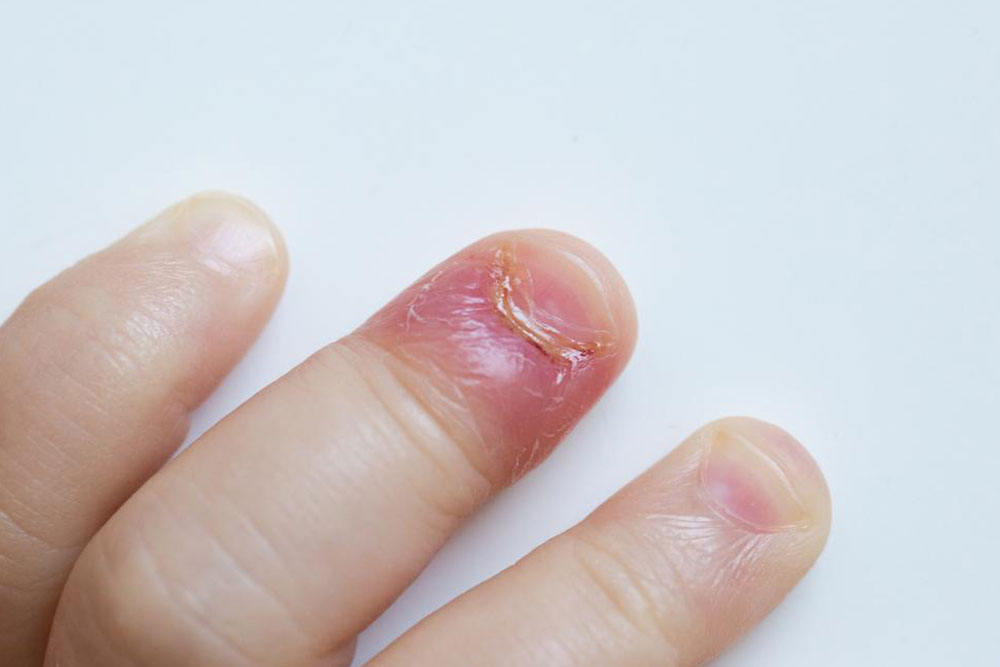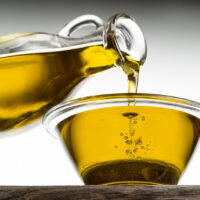Four reasons for swollen finger pain
A sudden swelling on your fingers appears, what do you do? Do you panic? No. A swelling on your fingers is common during the heat, and is not a cause of concern in most cases. Although there can be a serious problem if your swelling persists for a long time, and especially if it comes along with a stinging pain.

Hot summer days
If you step out on a hot summer day, it is likely that you could have swollen finger pain. This is inclined with the fact that your body reacts to the heat by expanding blood vessels. This allows more heat to escape your body and help you keep cool. As the blood vessels stretch, the fluids can leak and seep into your soft tissues causing the swollen fingers.
Excess salt in your body
A hike in the salt levels of your body can lead to a swelling on your fingers as your body is unable to maintain a stable salt-to-water balance. This extra salt can come in through fried food that we consume on a daily basis. As the level of salt rises, the body starts to retain more water explaining the swelling. This swollen finger pain ideally lasts for a day or two depending on the level of extra salts in the body.
Osteoarthritis
If there is a swelling on the joint of the fingers or the knuckles then osteoarthritis could be the reasons for your swollen finger pain. This is caused by the wearing down of the tissues around the joints and is usually an age issue as it is common among older adults. Apart from osteoarthritis, there are other forms of arthritis that could cause swollen finger pain or puffy fingers.
Raynaud’s disease
Just like a rise in the temperature can be the cause of swollen finger pain, a drop in it could also lead to the swelling. When the temperature drops below a certain parameter, it can cause your arteries to narrow down thereby limiting the blood circulation. The swelling on the fingers also comes along with a pain in this condition, it is more common among women as compared to men. Along with the swelling and pain, if you see your fingers turn blueish or pale, it could be a sign for Raynaud’s disease.











